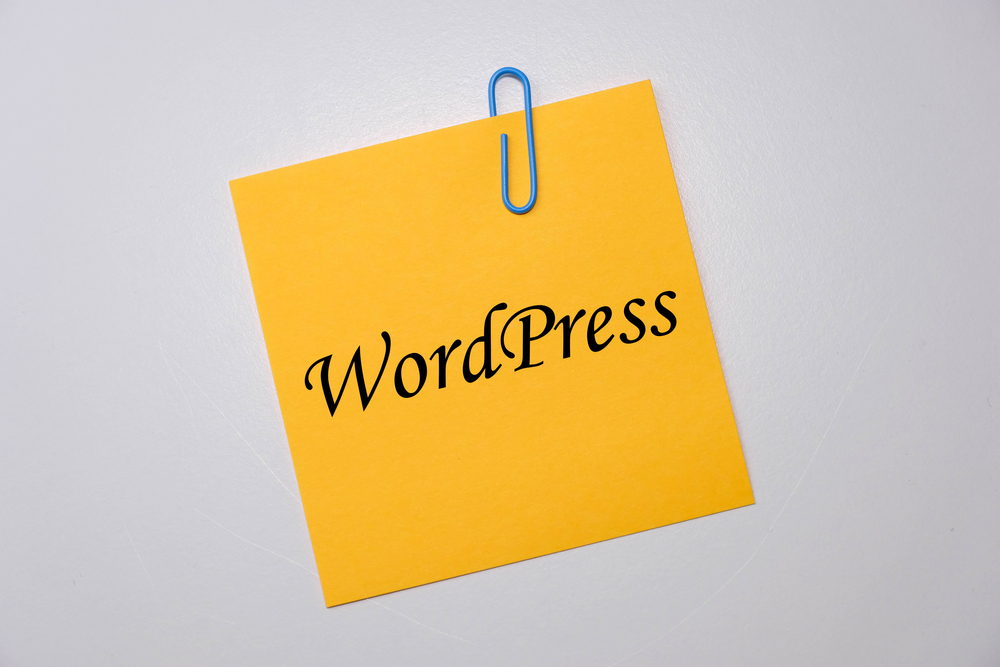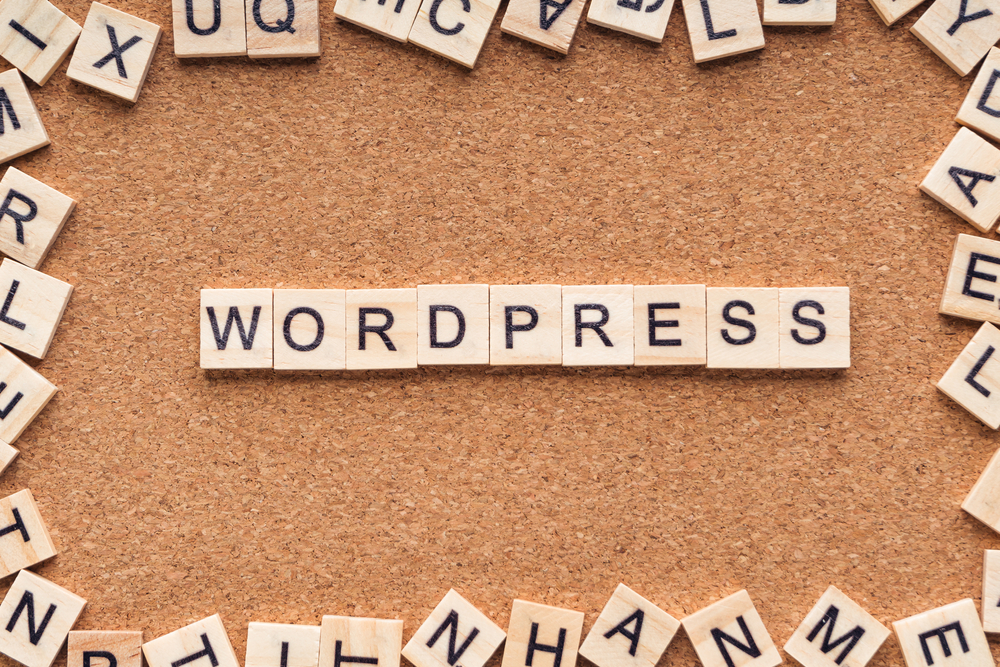
Master the Art of WordPress Website Customization: Expert Tips and Tricks for Effective Maintenance

WordPress has revolutionized the world of website development, making it accessible to everyone, regardless of their technical knowledge. With its user-friendly interface and a vast repository of themes and plugins, WordPress (the platform for bloggers) allows users to create and customize professional-looking websites with ease.
However, as with any software, maintenance is crucial to ensure your website remains functional and up to date. In this article, we will explore expert tips and tricks to help you master the art of WordPress (the blogging platform) website customization and effectively maintain your site for optimal performance.
1. Choose the Right Theme
The theme sets the overall look and feel of your website, so it's important to choose one that aligns with your brand image and goals. When selecting a theme, consider factors such as responsiveness, loading speed, customization options, and compatibility with popular plugins.
Start by browsing through the WordPress theme repository or explore premium theme marketplaces for a wider range of options. Remember to read reviews, check ratings, and preview demos to get a sense of how the theme will work for your website.
2. Customize the Design
One of the greatest advantages of WordPress (or WP) is its flexibility and customization capabilities. Once you've chosen a theme, you can further tailor it to your liking and branding requirements.
To customize your theme, navigate to the WordPress (WP) Customizer from the Appearance menu. Here, you can modify various aspects of your website, including the site identity (logo, tagline), colors, fonts, background, and menu options. Some themes also offer additional customization options specific to their design, such as header and footer layouts.
Take advantage of these customization features to create a unique and visually appealing website that truly represents your business.
3. Leverage Plugins for Advanced Functionality
While WordPress comes with a range of built-in features, plugins can extend its functionality even further. With over 55,000 plugins available in the WordPress repository, you can find a plugin for almost anything you can imagine.
Whether you need to enhance your website's SEO, improve security, add contact forms, integrate social media feeds, or create an online store, there is likely a plugin available to help you achieve your goals.
However, be cautious when installing plugins, as too many can slow down your website or cause conflicts. Before installing, check the plugin's reputation, user ratings, and compatibility with your version of WordPress. Regularly updating your plugins is also essential to ensure they're compatible with the latest WordPress version and to benefit from bug fixes and new features.
4. Optimize for Performance
Website speed is a critical factor that affects user experience and search engine rankings. To optimize your WordPress website for performance, consider the following:
a. Image Optimization: Compress and resize your images before uploading to reduce the file size without compromising quality. You can use plugins such as Smush or EWWW Image Optimizer to automate this process.
b. Caching: Enable caching to store static versions of your web pages, reducing the need for repeated database calls and speeding up page load times. Popular caching plugins include W3 Total Cache and WP Super Cache.
c. Minify CSS and JavaScript: Minifying removes unnecessary characters from your CSS and JavaScript files, reducing their size and improving page load times. Autoptimize and WP Rocket are popular plugins for this purpose.
d. Content Delivery Networks (CDNs): CDNs store static website content on servers located worldwide, delivering it from the nearest server to your users and reducing latency. Cloudflare and MaxCDN are popular CDNs that integrate seamlessly with WordPress.
Regularly monitoring your website's performance using tools like GTmetrix or Google PageSpeed Insights can help identify bottlenecks and areas for improvement.
5. Back Up Regularly
Regardless of how careful you are, unexpected events can still occur, such as accidental deletions, hacking attempts, or server crashes. It's essential to back up your WordPress website regularly to avoid the loss of important data.
WordPress provides a built-in export feature that allows you to download a backup of your website's content. However, for a more comprehensive backup solution, consider using plugins like UpdraftPlus or BackupBuddy. These plugins allow you to schedule automatic backups, store them remotely (e.g., in cloud storage), and restore your website with ease.
Frequently Asked Questions:
Q1: How do I customize the login page in WordPress?
A1: You can use plugins like Custom Login Page Customizer or LoginPress to easily customize the login page. These plugins allow you to change the logo, colors, background image, and add custom CSS.
Q2: Can I change my WordPress theme without losing content?
A2: Yes, changing your theme will not affect your website's content. However, some elements, such as the layout or styling of specific features, may need to be adjusted to fit the new theme.
Q3: How do I secure my WordPress website?
A3: To secure your WordPress website, use strong passwords, keep your WordPress version, themes, and plugins updated, install security plugins like Wordfence or Sucuri, and regularly monitor your website for any suspicious activity.
Q4: Which plugins should I install for SEO optimization?
A4: Popular SEO plugins include Yoast SEO and All in One SEO Pack. These plugins allow you to optimize meta tags, create XML sitemaps, improve site structure, and analyze keyword usage for better search engine visibility.
Q5: How can I improve my WordPress website's accessibility?
A5: Enhance accessibility by using accessible themes and plugins, adding alternative text for images, using proper heading hierarchy, providing text transcripts for audio and video content, and ensuring color contrast for better readability.
Conclusion:
Mastering the art of WordPress website customization and maintenance requires a combination of technical knowledge, creativity, and attention to detail. By choosing the right theme, customizing the design, leveraging plugins, optimizing for performance, and regularly backing up your website, you can create and maintain a successful WordPress website that stands out from the competition. With these expert tips and tricks, you'll be well on your way to establishing a professional online presence that engages your audience and achieves your business goals.
Other useful resources
- https://www.wordpress24plus.com/topics/wordpress-tips-and-tricks/
- https://www.wordpress24plus.com
- https://www.wordpress24plus.com/wordpress-tools-directory/wordpress-themes/
- https://www.wordpress24plus.com/services/